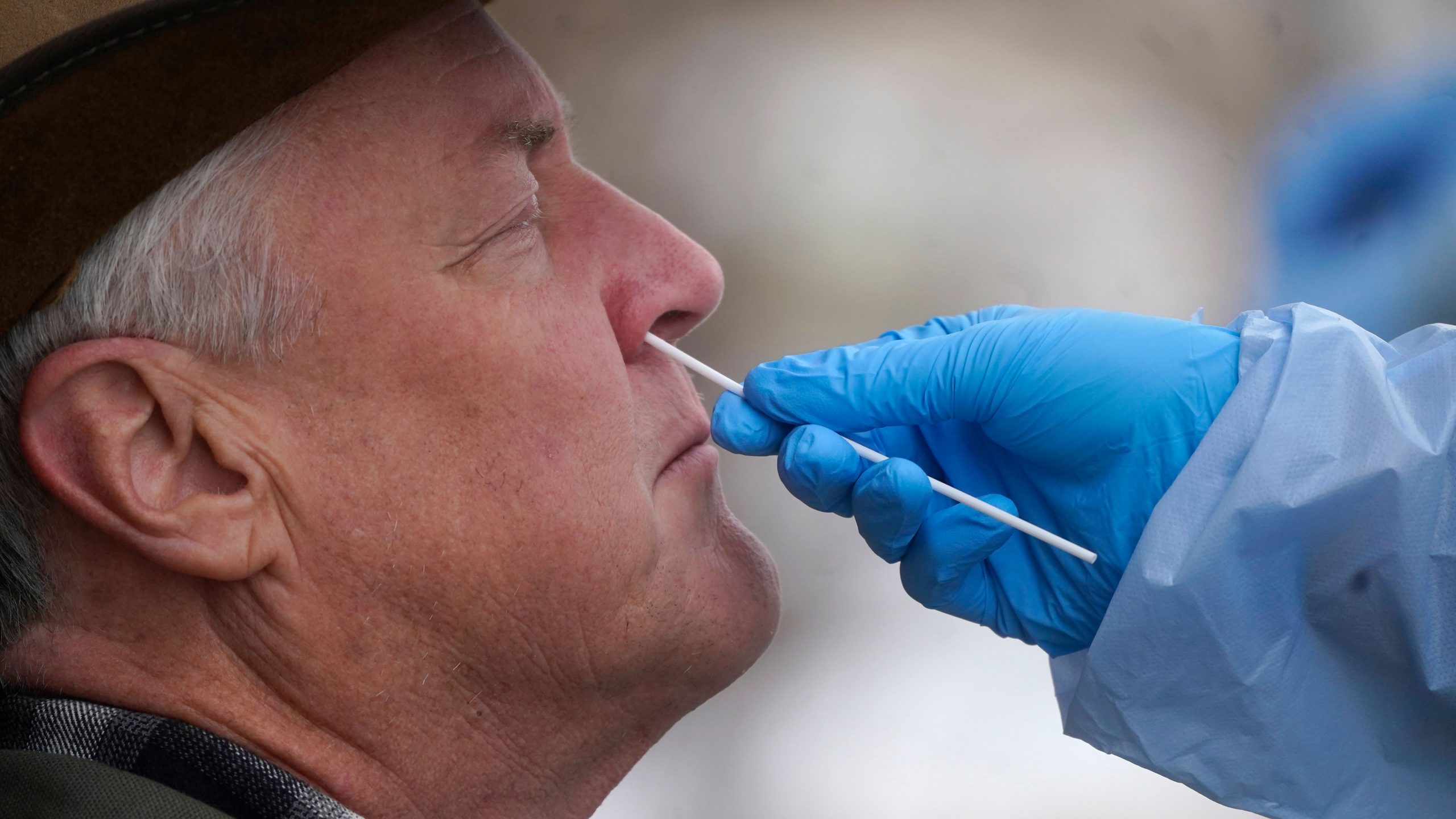Following advice from the WHO’s Technical Advisory Group on Virus Evolution, WHO designated variant B.1.1.529 as a variant of concern on November 26, 2021. Omicron was the name given to the variant.
Omicron is a highly divergent variant with a large number of mutations, including 26-32 mutations in the spike protein, some of which are linked to humoral immune escape potential and increased transmissibility.
Also Read | Karnataka reports significant rise in COVID cases among children under 10
The overall threat posed by Omicron is largely determined by four key questions:
(i) how transmissible the variant is;
(ii) how well vaccines and prior infection protect against infection, transmission, clinical disease, and death;
(iii) how virulent the variant is in comparison to other variants;
(iv) how well populations understand these dynamics, perceive risk and adhere to control measures, including public health and social measures.
Based on the evidence currently available, the overall risk associated with Omicron keeps increasing. Omicron has a significant growth advantage over Delta, resulting in rapid community spread and elevated numbers of incidence than previously seen in this pandemic.
Despite a lower risk of severe disease and death after infection than previous SARS-CoV-2 variants, the very high levels of transmission have resulted in significant increases in hospitalisation, continue to place overwhelming demands on healthcare systems in most countries, and may result in significant morbidity, particularly in vulnerable populations.
Also Read | Is omicron going to infect everyone? Here’s what the WHO has to say about it
The Omicron variant had been identified in 171 countries across all six WHO Regions as of January 20, 2022. Omicron has a significant growth advantage over Delta, and it is rapidly replacing Delta around the world. There is now substantial evidence that immune evasion contributes to Omicron’s rapid spread, but more research is needed to better understand the relative contributions of intrinsic increased transmissibility and immune evasion in explaining transmission dynamics.
Omicron does not appear to have a significant impact on the diagnostic accuracy of routinely used PCR and WHO emergency use listing approved antigen detection rapid diagnostic tests assays.
Also Read | Indian government provides over 162.73 cr COVID vaccine doses
Early data indicate that the studied vaccines are significantly less effective against Omicron infection and symptomatic disease than Delta, with homologous and heterologous booster doses increasing vaccine effectiveness.
A PCR-based screening assay for Omicron may be useful as a proxy marker. Infection prevention and control (IPC) programmes, or at least a dedicated and trained IPC focal point, should be implemented in health care facilities, as should engineering and environmental controls, administrative controls, standard and transmission-based precautions, screening and triage for early case identification and source control, and COVID-19 surveillance and vaccination of health workers.
With the emergence of the Omicron variant, physical separation, mask use, ventilation of indoor spaces, hand hygiene, and avoidance of crowds where appropriate PHSM measures are not in place remain critical to reducing SARS-CoV-2 transmission. To disrupt transmission chains, enhanced surveillance with rapid testing, cluster investigations, contact tracing, case isolation, and supported quarantine of contacts is strongly advised. WHO continues to recommend implementing comprehensive, multi-layered, and targeted public health and social measures to reduce the spread of all SARS-CoV-2 variants.
Also Read | Winter Olympics: 6 people linked to games test positive for COVID-19
WHO requests that all Member States reassess and revise their national plans regularly, based on their current situation and national capacities.
In preparation for increased COVID-19 caseloads and associated pressure on the health system, ensure that mitigation plans are in place to maintain essential health services and that necessary health care resources are available to respond to potential surges. This would include plans for surge capacity for health workers as well as plans for additional practical support for health workers, with a focus on the needs of mothers and single-parent families.
The significant increase in the South-East Asia Region is primarily due to an increase in the number of cases reported in India, which reported 1,594,160 million new cases compared to 638,872 cases the previous week.
Also Read | India reports 3,06,064 fresh COVID cases, 439 deaths in last 24 hours
Since the peak was reported in mid-December 2021, there has been a sustained decrease in reported cases in South Africa, where Omicron was first reported and is now the dominant variant. Furthermore, the drop in the number of cases seen in much of southern Africa is now being seen in other countries, particularly those that reported an early introduction of Omicron and rapid replacement of Delta.
When compared to Delta, Omicron has a significant growth advantage, higher secondary attack rates, and a higher observed reproduction number.







